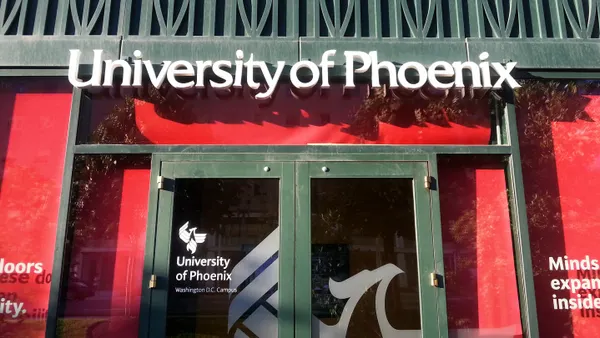Dive Brief:
- For HR leaders and LOB managers, employee development planning is no longer optional -- it is essential to staying competitive, writes David Hosmer, Leadership and Organizational Development Lead, Thermo Fisher Scientific, for TD.org.
- The good news is the U.S. Bureau of Labor Statistics reports that our unemployment rate stands at 5.3 percent. Understandably, workers are more confident about the employment outlook. The bad news? With this positive trend, employers must work harder to retain and develop key talent, Hosmer says.
- Luckily, many resources exist to help managers create meaningful individual development plans (IDPs) for their employees, he adds.
Dive Insight:
Hosmer explains that long-term employee-employer relationships have eroded over time for a variety of reasons. Employees now depend less on their employers for health and retirement benefits, leaving fewer motives for them to stay with a single employer. He includes the Affordable Care Act, the Great Recession of 2008 and dwindling retirement benefits among the reasons why people will be more prone to more on.
As a result, Hosmer says the IDP, while not new, is re-emerging as an important tool for managers. He notes that a carefully constructed IDP can accommodate the learning and development needs of almost any employee.
Regardless of their experience with employee development, managers can use IDP's to foster a culture of development and continuous learning to make their organizations a place where employees want to work. Creating a meaningful IDP takes time and thoughtful communication between the employee and the manager, Hosmer writes, but the potential rewards are well worth the ongoing effort. He offers several tips - let employees take the lead, be open minded, be creative, etc. - for creating an effective IDP.












